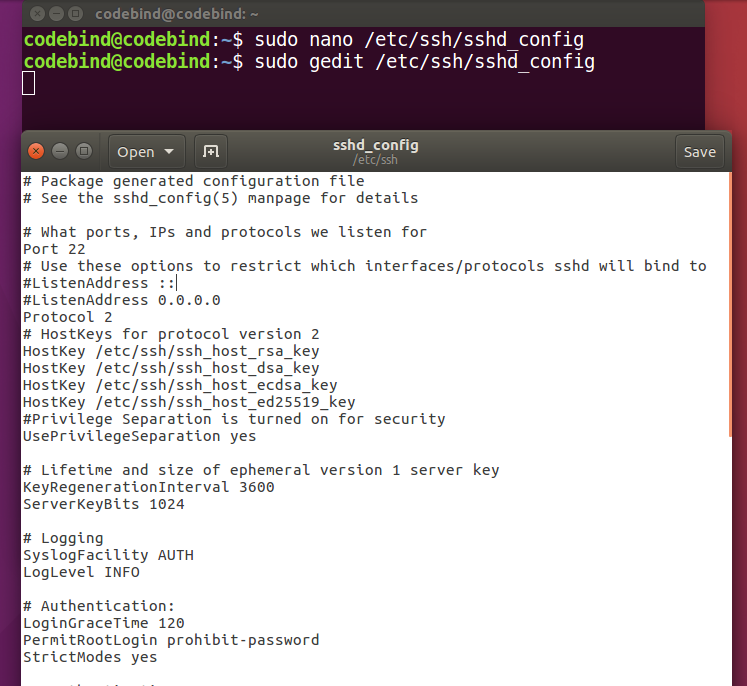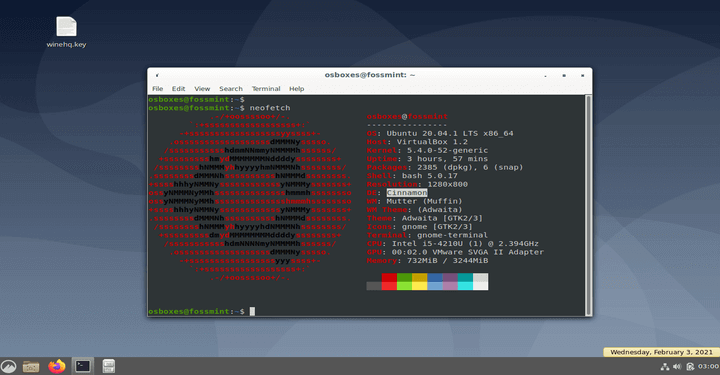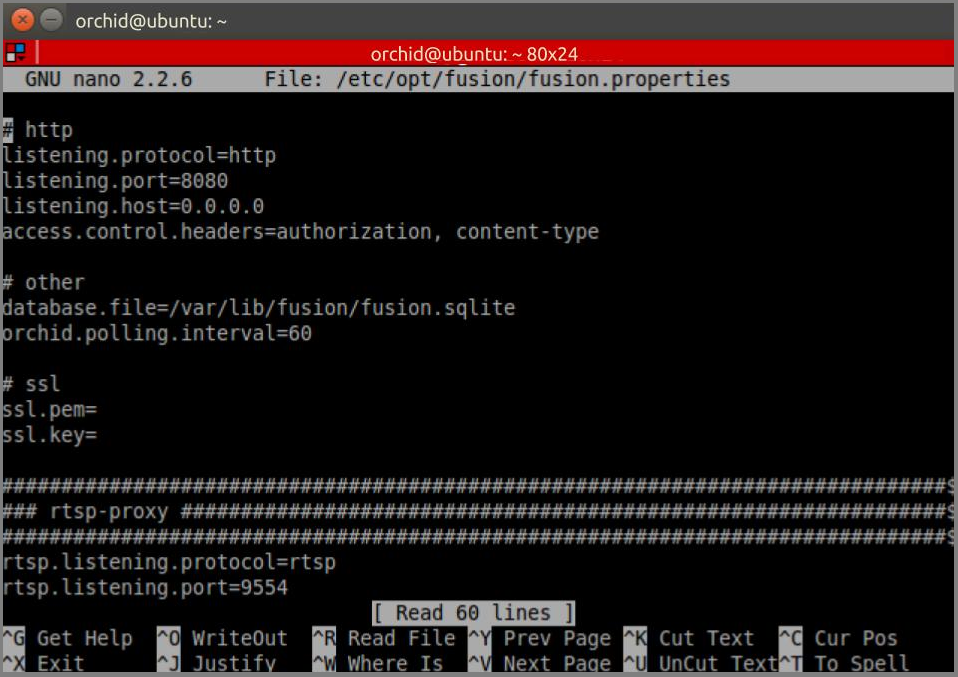

- INSTALL GEDIT IN UBUNTU 16.04 INSTALL
- INSTALL GEDIT IN UBUNTU 16.04 PASSWORD
- INSTALL GEDIT IN UBUNTU 16.04 DOWNLOAD

Hadoop-2.7.3 hadoop-2.7.3.tar.gz Environmental Variables SettingĪgain, run ‘gedit ~/.bashrc and edit as below. sudo mkdir sudo chmod 777 cp hadoop-2.7.3.tar.gz cd ls tar -xzf ls
INSTALL GEDIT IN UBUNTU 16.04 DOWNLOAD
Indeed, there are some Hadoop and R installation packages out there, but weird enough, I prefer doing this tedious job on my own simply because I want to understand how each part of packages or configurations are intertwined with each other. Enough of a digression, let’s download hadoop already. Life will be so much easier if someone installs and configures everything I need and I just start working on it. One thing that I feel tedious is to set up the environment.
INSTALL GEDIT IN UBUNTU 16.04 INSTALL
Java HotSpot(TM) 64-Bit Server VM (build 25.101-b13, mixed mode) Install Hadoop, finally Java(TM) SE Runtime Environment (build 1.8.0_101-b13) Then save the file, reload bashrc, and magic! Java is installed. #Java Environmental VariablesĮxport JAVA_HOME="/usr/lib/java/jdk1.8.0_101"Įxport PATH="$JAVA_HOME/bin:$PATH" My Java directory looks like this I opened bashrc with gedit gedit ~/.bashrc Next is to set up the environmental variable. Java is successfully downloaded and extracted in ‘/usr/lib/java’.
INSTALL GEDIT IN UBUNTU 16.04 PASSWORD
password for sudo cp jdk-8u101-linux-圆4.tar.gz cd tar -xzf jdk-8u101-linux-圆4.tar.gz Make sure you’re downloading the one compatible with your platform. I installed ‘Java Platform (JDK) 8u101’, as always, in here and started configuration as below. Having nothing to do on this bright Sunday afternoon I was reading some international computer science journals, I decided to download Ubuntu from the official Ubuntu site and install it on my Virtual Machine.Ĭonfiguration is always hard, especially when you start from ‘installing the operating system’.


The difference of key can be confirmed in the commit dated as mentioned above.On Sunday afternoon, I suddenly had a whim to explore Hadoop and R I stepped in a little bit when I was in college. In Ubuntu 16.04, the available keys are: bottom-panel-visible In Ubuntu 14.04, the available keys are: bottom-panel-visible To find out the relevant keys of the schema, run the following command. Note that the key show-tabs-mode is available for gedit in Ubuntu 16.04 (and possibly newer releases), but not applicable to gedit in earlier releases of Ubuntu. Unfortunately, there is no apparent option to change this behaviour. One may not notice the tab is already shown after running the gsettings set command, since the entire tab bar has been covered by the tab itself. +#define GEDIT_SETTINGS_SHOW_TABS_MODE "show-tabs-mode"įor gedit in Ubuntu 16.04, the initial tab is extended from end to end. #define GEDIT_SETTINGS_SHOW_TABS_MODE "notebook-show-tabs-mode" Change the name of the tabs-mode setting /* window state keys */ When exiting fullscreen, we go back to show tabs, but we shouldĬheck show-tabs-mode and see if they should really be shown.įrom GNOME Mail Archive, this commit dated has noted: When notebook "show-tabs" becomes true, check the show-tabs-mode Below are two related commits found on the web.įrom GNOME Git Repository, this commit dated has noted: The changes of hiding the initial tab in gedit most likely had occurred in target release 3.12, as part of UI redesign, according to the roadmap. The file name is similarly shown in the tab. Lower half screenshot: the global menu is shown in the window's title bar and set visibility to "Always displayed". Upper half screenshot: gedit is showing the initial tab "Untitled Document 1" The result will be applied immediately and gedit will now always show the tabs (the old default). gsettings set .ui show-tabs-mode 'always' To make gedit always show the tabs, run the following command. The following shows the output by default in Ubuntu 16.04. The useful one is the latter, which uses range option to show all possible values for the particular key show-tabs-mode. The gedit FAQ has noted two commands, which are relevant to change the appearance of tabs. That has changed in Ubuntu 16.04, which now uses gedit 3.18.3-0ubuntu4 according to this package search result. Ubuntu 14.04 uses gedit 3.10.4-0ubuntu4 that shows tab by default.


 0 kommentar(er)
0 kommentar(er)
